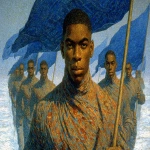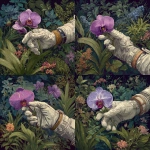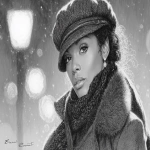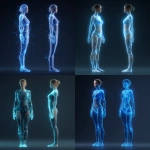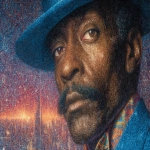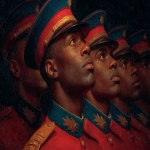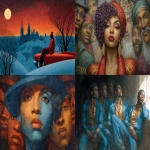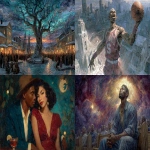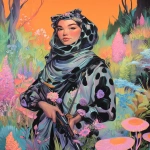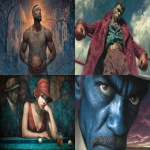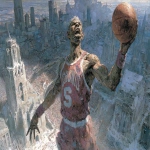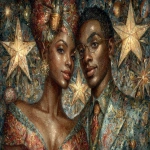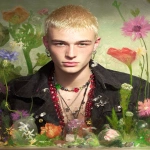Explore the Best AI Image Gallery

AI-Generated Images: The New Palette of the Digital Age
Artificial Intelligence (AI) is revolutionizing the creative industry like never before, particularly with AI-generated images. This technological innovation is shaping a new era of visual storytelling and paving the groundbreaking path for digital artists.
The Wonderland of AI-Generated Images
AI-generated images are artworks created by deep learning algorithms, commonly known as neural networks. These algorithms are trained on thousands of images, learning patterns, tones, and shapes. They then apply the learnt traits to generate unique images, resulting in fascinating, and sometimes surreal, pieces of digital art.
The Impact on the Creative Industry
AI-generated imagery is transforming the creative industry substantially. It pans an exciting spectrum of possibilities: personalized artwork, quickly generated prototypes for film and gaming industries, on-demand graphic designs and more. It’s even transforming traditional domains like fashion with AI-generated designs. The amalgamation of AI with creativity is breaking the erstwhile limitations of human creativity.
Potential Uses of AI-Generated Images
- Advertising: AI-generated images can provide cost-effective and faster means to generate advertising content.
- Film and Game Development: AI can quickly generate diverse character designs, backgrounds, and other visual elements.
- Fashion: Designers can use AI to generate patterns or entire clothing designs.
- Personalized Artwork: Customers can obtain personalized art generated based on their preferences.
Ethical Considerations
The advancements in AI-generated images bring up several ethical issues. The most significant one is authorship and copyrights. With AI generating the images, who owns the art? The creator of the algorithm or the AI itself? Also, there is a concern regarding deep fake images and the potential misuse of AI technology. It’s crucial for stakeholders to tackle these ethical quandaries carefully.
The Future of AI-Generated Images
As the technology advances and algorithms get more sophisticated, we will witness an expansion in the capabilities of AI-generated images. We can expect to see more integration of AI in the creative industries, possibly augmenting human creativity in unprecedented ways. It also poses a challenge to redefine creativity in terms of AI and how we perceive, attribute, and value art.
As the AI-generated image wave swells, it’s bound to make an exciting ripple of transformative trends in the creative industry. The blending of art and science, human and machine, reality and illusion will surely redefine the frontiers of creativity.

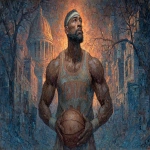
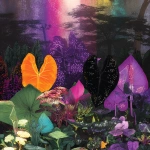
](https://images.ai-img.art/thumbnails/150/17edcb4f51c616e1278d716b510145bbc041556f71d621d2895f134892303315.webp)
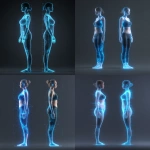
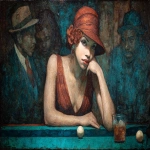

](https://images.ai-img.art/thumbnails/150/3d91370d58b2f68867187ea56dc69c37d746fdadd44b521d87b1bf1df5d10f40.webp)

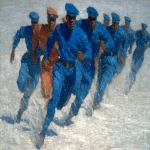
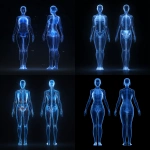

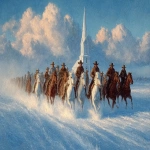
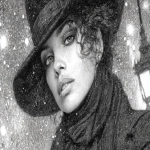
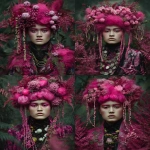
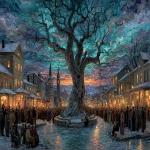

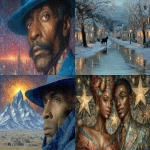
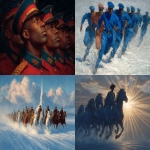

](https://images.ai-img.art/thumbnails/150/26c257403e31dee6746c78e38bceb7def6011d04664049ef156f64a1c5497d44.webp)
](https://images.ai-img.art/thumbnails/150/27af9f0bb8b7c7d503263849abaf3ede0e1acd1c8e0bdaba4700f845a674a0fc.webp)

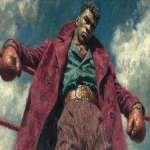
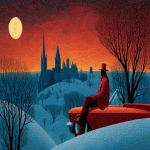
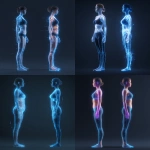
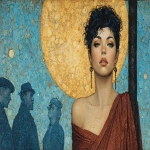
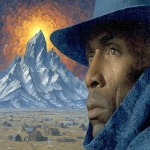
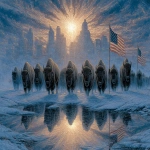
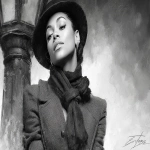
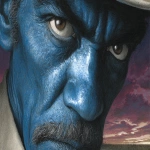

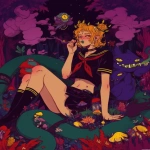
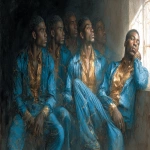
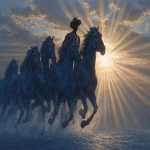
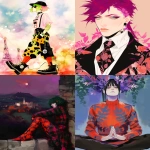
](https://images.ai-img.art/thumbnails/150/e0118b29fe5cfc2e6592413bab22001f9af64b4b69c6ec903940c927cde44197.webp)
